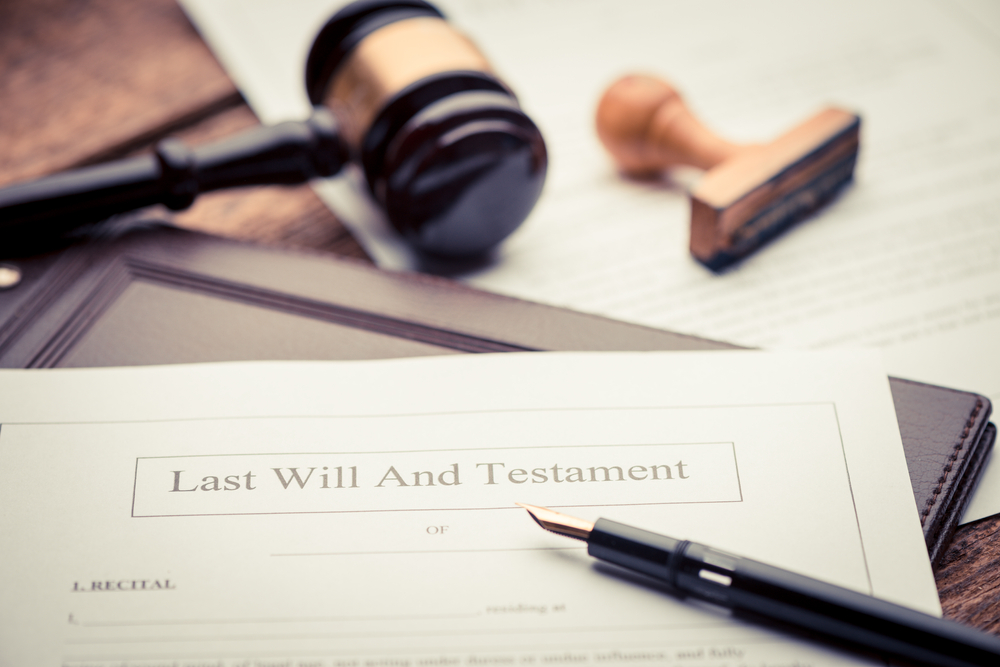Buying or selling a home is one of the biggest financial and emotional decisions you’ll make in life. While the focus is often on finding the right property or buyer, there’s a critical legal process happening in the background that makes the transaction legally binding: conveyancing.
A key part of that legal process is settlement, when ownership officially transfers from seller to buyer. Whether you’re a first-time buyer, an investor, or selling your family home, understanding how property settlement works—and the role conveyancing plays—can help you avoid costly mistakes and ensure a smooth transition.
What Is Conveyancing?
Conveyancing is the legal process of transferring property ownership from one party to another. It begins once the sale contract is signed and ends when the property officially changes hands at settlement.
This process involves far more than paperwork. Your conveyancer (or solicitor) ensures the contract is fair, all legal conditions are met, and no unexpected issues—such as unpaid debts or property disputes—delay or derail the sale.
Who Performs Conveyancing?
In Australia, conveyancing is handled by either:
✅ Licensed Conveyancers
These professionals specialise exclusively in property transactions. They’re often more affordable and ideal for standard residential or commercial sales.
✅ Solicitors (Property Lawyers)
Solicitors are qualified legal practitioners who can carry out conveyancing along with broader legal services. They’re recommended for more complex cases—like deceased estates, family trusts, or legal disputes.
The choice between a conveyancer and solicitor depends on your situation. For straightforward purchases or sales, a licensed conveyancer usually suffices. But when legal issues are involved, a solicitor’s broader experience can be valuable.
Key Stages of the Conveyancing Process
Let’s break down what happens between signing a contract and settling the property.
1. Contract Review
Once a sale is agreed upon, the contract of sale is drafted (usually by the seller’s representative). Your conveyancer will carefully review the document to ensure all terms are fair and accurate. This includes checking for:
- Conditions (e.g., finance approval, building inspections)
- Inclusions/exclusions (like appliances or furniture)
- Any special clauses or obligations
2. Title and Property Searches
Your conveyancer will carry out due diligence by checking:
- Ownership title and encumbrances (e.g., mortgages, caveats)
- Zoning and land use regulations
- Council and water rates
- Strata or body corporate fees (if applicable)
This step ensures you know exactly what you’re buying—and that there are no legal surprises.
3. Exchange of Contracts
Once both parties are satisfied, the contracts are signed and exchanged. The buyer typically pays a deposit at this point. From here on, the sale is legally binding.
4. Financial Preparations
Your conveyancer will liaise with your lender (if you’re using a mortgage) and arrange financial settlements. They’ll calculate adjustments such as:
- Rates and taxes
- Rent or income (if the property is tenanted)
- Final balance due
5. Settlement
On settlement day, all parties meet electronically (or in person, depending on the state) to complete the transaction. Your conveyancer ensures:
See more: What to Expect When Working with Sydney Conveyancers for Property Transactions
- Final payment is made
- Legal documents are signed and lodged with the land titles office
- Ownership is officially transferred
Once this is done, you receive the keys (or funds, if selling), and the process is complete.
What Is Property Settlement?
Settlement is the final step in the property transaction where the buyer pays the remaining purchase price, and the property title is officially transferred from the seller.
It typically takes place 30 to 90 days after the exchange of contracts, depending on the agreement. On this day:
- The buyer’s conveyancer ensures funds are transferred
- The seller’s mortgage (if any) is discharged
- Title documents are updated with the new owner’s name
- Agents are notified to release the keys
Property settlement is legally and financially significant—it marks the moment ownership changes hands.
Importance of Conveyancing in Property Transactions
A conveyancer does far more than paperwork. They:
- Protect your legal interests
- Prevent issues that could delay or void the sale
- Ensure compliance with state laws and regulations
- Handle all communication with lenders, agents, and legal offices
- Provide peace of mind during what can be a stressful process
Without a qualified professional, you’re exposed to risks that could cost you time, money, or even the property.

Risks of Not Using a Qualified Conveyancer
Here’s what can go wrong when people try to DIY their conveyancing or use an unqualified provider:
⚠️ Missed Legal Details
If there’s a caveat or easement on the property and you don’t catch it, you might buy a property with serious restrictions or legal obligations.
⚠️ Breached Contract Conditions
Failing to meet contract deadlines—like securing finance or conducting inspections—can lead to legal disputes or financial penalties.
⚠️ Title Transfer Errors
Any mistake in the legal documents could delay settlement or prevent ownership from transferring correctly.
Common Challenges and How Conveyancers Resolve Them
Here are some real-world issues conveyancers help with:
🧱 Unapproved Renovations
Let’s say a buyer discovers the seller’s rear deck was built without council approval. A good conveyancer will flag this early and negotiate a clause to resolve it—or let the buyer walk away safely.
💰 Settlement Delays
Banks can be slow to process loans or discharges. Conveyancers coordinate with lenders to ensure everything’s ready for settlement.
💬 Disputes Over Inclusions
Is the dishwasher included? Are the curtains staying? Your conveyancer ensures the contract spells everything out clearly—avoiding disputes later.
Conveyancing in Australia: What You Should Know
Each state in Australia has its own laws and procedures around conveyancing. Here are a few examples:
- NSW: Contracts must be prepared before listing; a 5-day cooling-off period applies.
- VIC: Requires a Section 32 statement (vendor’s disclosure) for sellers.
- QLD: Standard contracts include conditions like finance and pest inspections.
- WA: “Settlement agents” are commonly used instead of solicitors.
- ACT & NT: Have specific requirements for land and title registration.
Because of these differences, it’s important to use a conveyancer familiar with local laws in your area.
How Much Does Conveyancing Cost?
On average, conveyancing in Australia ranges from:
- $600 to $1,500 for standard residential transactions
- $1,500 to $2,500+ for complex or commercial deals
Costs include both professional fees and disbursements (like title searches, registration fees, and settlement adjustments).
It may feel like an added cost during an already expensive process—but compared to the financial risks of getting it wrong, it’s a smart investment.
Final Thoughts: Don’t Risk Your Property Deal
Property settlement marks the official moment ownership changes hands. It might seem like a formality—but if anything goes wrong, it can delay your plans or cost you dearly.
Conveyancing ensures this process runs smoothly, legally, and stress-free. It’s not just paperwork—it’s protection for one of the biggest financial decisions of your life.
🔑 Thinking of Buying or Selling?
Before signing any contracts, speak with a qualified conveyancer or property solicitor in your state. They’ll walk you through the process, flag potential issues, and make sure your transaction ends with a smooth settlement—not a legal headache.
Because peace of mind during a property deal? That’s something worth settling for.

